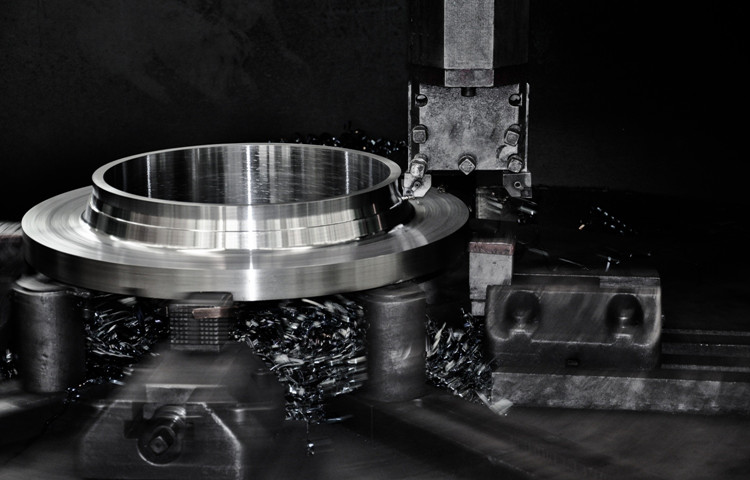- tyler@kirail.com
- +86 15603721115
Forging process dimension design and process selection are carried out simultaneously. Therefore, the following points should be paid attention to when designing process dimensions:
1. Following the law of constant volume, the designed process dimensions must meet the key points of each process; after a certain process, the volume before the process is equal to the total volume after the process. The so-called total volume refers to the sum of the volume of the semi-finished product obtained in the forging process and the volume of the material loss in the process.

2. In each process, it is necessary to estimate the changes in certain dimensions of the billet during the deformation process, and leave enough shrinkage and insurance to avoid dimensional deviation. For example, punching will reduce the height of the billet, and expanding the hole will increase the height of the billet.
3. The size of the semi-finished product obtained in one process should enable the next process to proceed smoothly. For example, after stretching and upsetting, it cannot be stretched too long, otherwise the forging upsetting will be unstable and bent.
4. When forming the parts, it is necessary to ensure that each part of the forging has enough volume.
5. When using multiple fire forging, the possibility of heating in the middle of each fire should be considered, such as considering the process size, the middle fire, whether the semi-finished product can be placed on the furnace surface for heating, etc.
6. Sufficient final forgings must be corrected to make the forging surface smooth and the length size appropriate.
Note
For long shaft forgings, when the length dimension is very accurate, it must be estimated that the length dimension will be slightly extended during trimming. For shaft forgings, the head must comply with the regulations when cutting.